You are using an out of date browser. It may not display this or other websites correctly.
You should upgrade or use an alternative browser.
You should upgrade or use an alternative browser.
Canon EF 400mm f/2.8L IS II USM
- Thread starter dolina
- Start date

Streaked Fantail Warbler (Cisticola juncidis) by alabang, on Flickr
The Zitting Cisticola or Streaked Fantail Warbler (Cisticola juncidis), is widely distributed Old World warbler whose breeding range includes southern Europe, Africa outside the deserts and rainforest, and southern Asia down to northern Australia. A small bird found mainly in grasslands, it is best identified by its rufous rump, lacks any gold on the collar and the brownish tail is tipped with white. During the breeding season, males have a zigzagging flight display accompanied by regular "zitting" calls that has been likened to repeated snips of a scissor. They build their pouch nest suspended within a clump of grass.
Source: http://en.wikipedia.org/wiki/Zitting_Cisticola
Upvote
0
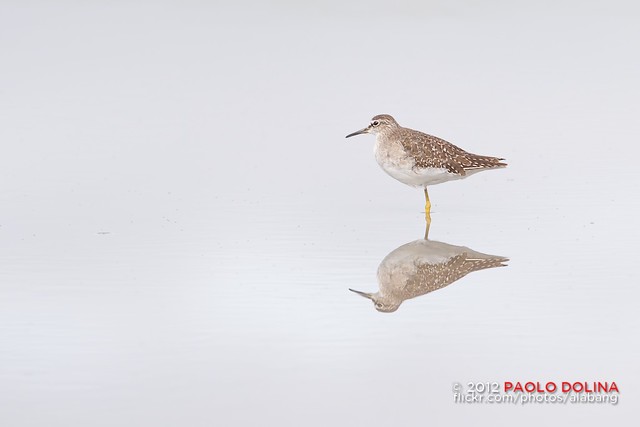
Wood Sandpiper (Tringa glareola) by alabang, on Flickr
It resembles a longer-legged and more delicate Green (T. ochropus) or Solitary Sandpiper (T. solitaria) with a short fine bill, brown back and longer yellowish legs. It differs from the first of those species in a smaller and less contrasting white rump patch, while the Solitary Sandpiper nas no white rump patch at all.[1]
However, it is not very closely related to these two species. Rather, its closest relative is the Common Redshank (T. totanus), and these two share a sister relationship with the Marsh Sandpiper (T. stagnatilis). These three species are a group of smallish shanks with red or yellowish legs, a breeding plumage that is generally subdued light brown above with some darker mottling and with a pattern of somewhat diffuse small brownish spots on the breast and neck.
Source: http://en.wikipedia.org/wiki/Wood_Sandpiper
Upvote
0
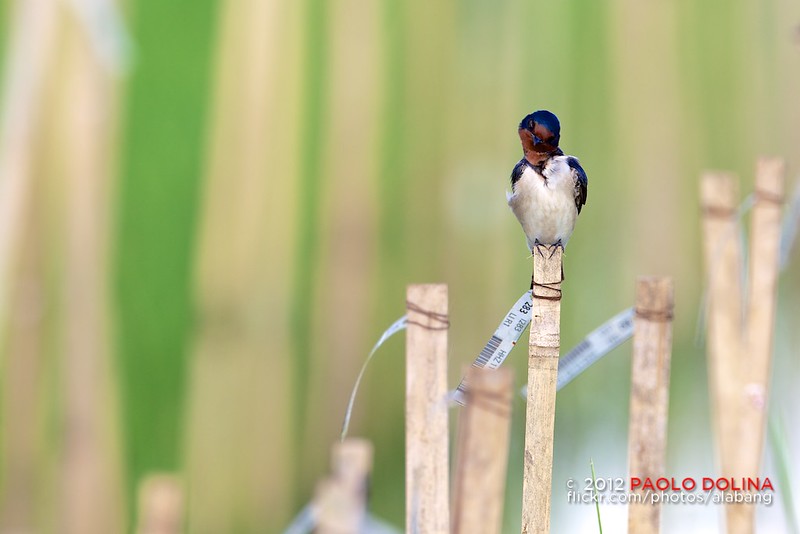
Hill Swallow (Hirundo tahitica) by alabang, on Flickr
The Pacific Swallow or Hill Swallow (Hirundo tahitica) is a small passerine bird in the swallow family. It breeds in tropical southern Asia from southern India and Sri Lanka across to south east Asia and the islands of the south Pacific. It is resident apart from some local seasonal movements. This bird is associated with coasts, but is increasingly spreading to forested uplands.
This species is a small swallow at 13 cm. It has a blue back with browner wings and tail, a red face and throat, and dusky underparts. It differs from Barn Swallow and the closely related Welcome Swallow in its shorter and less forked tail.
The Pacific Swallow builds a neat cup-shaped nest, constructed with mud pellets collected in the beak, under a cliff ledge or on a man-made structures such as a building, bridge or tunnel. The nest is lined with softer material, and the clutch is two to three eggs, up to four in Sri Lanka. It is similar in behaviour to other aerial insectivores, such as other swallows and the unrelated swifts. It is a fast flyer and feeds on insects, especially flies, while airborne.
Source: http://en.wikipedia.org/wiki/Pacific_Swallow
Upvote
0
Fabulous.dolina said:
Upvote
0
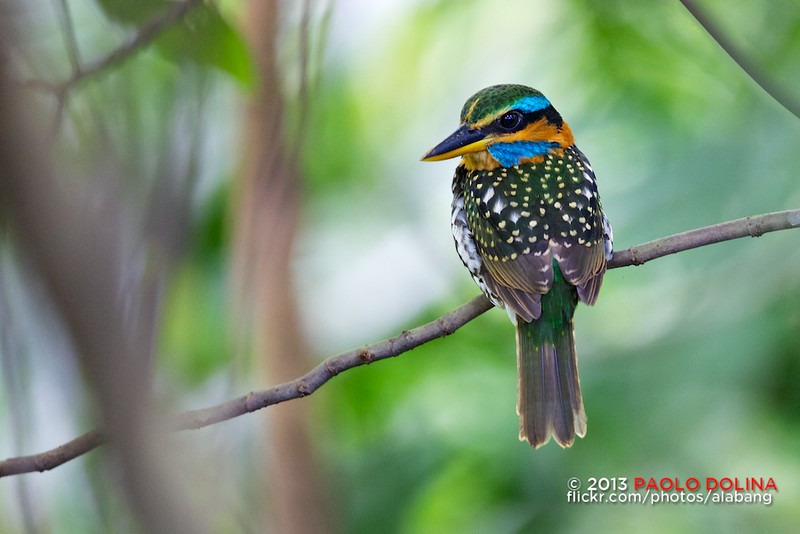
Spotted Wood Kingfisher (Actenoides lindsayi) by alabang, on Flickr
The Spotted Wood Kingfisher (Actenoides lindsayi) is a species of bird in the Alcedinidae family. It is endemic to the Philippines.
Its natural habitat is subtropical or tropical moist lowland forests.
Source: http://en.wikipedia.org/wiki/Spotted_Wood_Kingfisher
Location: http://en.wikipedia.org/wiki/La_Mesa_Ecopark
Upvote
0
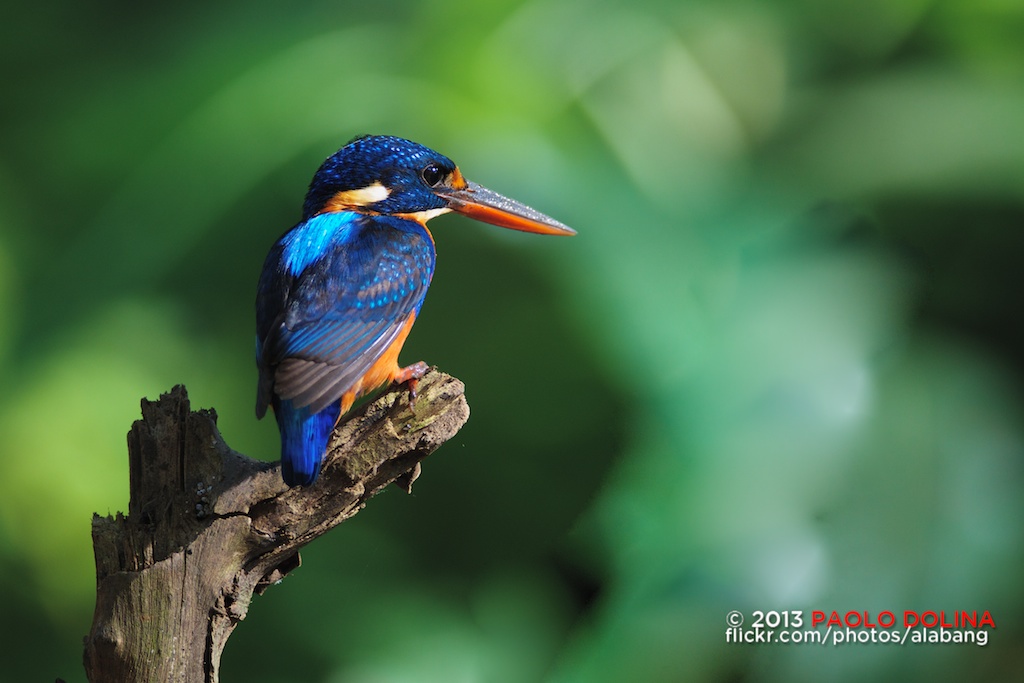
Indigo-banded Kingfisher (Alcedo cyanopectus) by alabang, on Flickr
Settings: 1/125 ƒ/5.6 ISO 1250 800mm
Upvote
0
Beautiful colored birds. Awesome, great shots.
Upvote
0
Fashion week?
Must be one looooong runway?
Scott
Must be one looooong runway?
Scott
willrobb said:More great shots. I always wish I had a 400mm f2.8LIS for shooting fashion week, my 70-200mm f2.8L does OK, but with a lens like this.....would be heaven.
Upvote
0
Thanks Click and Scott.
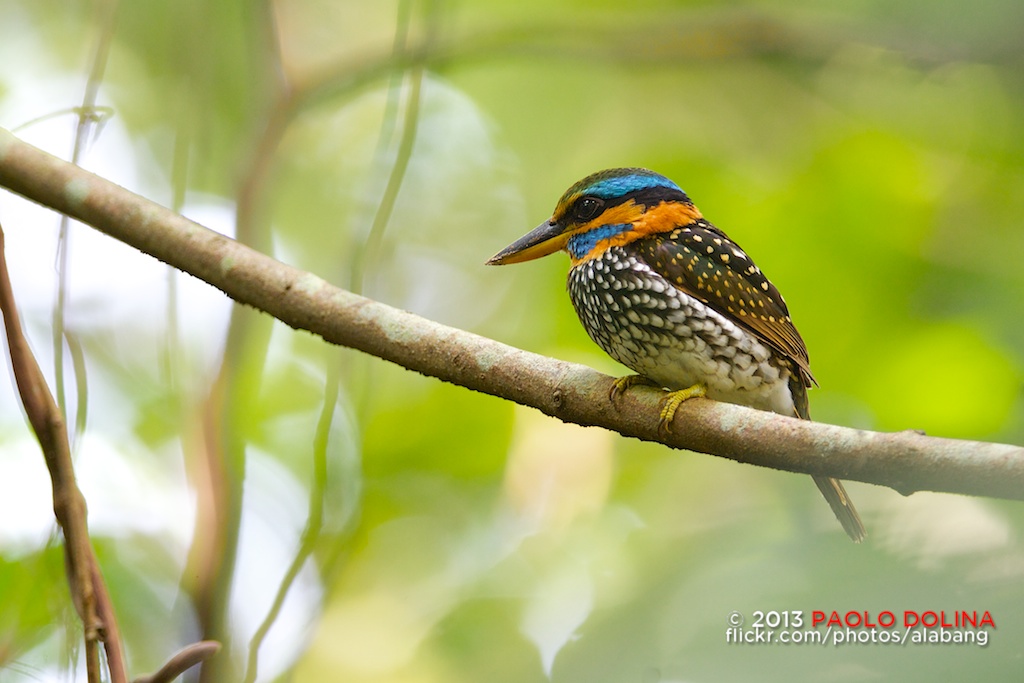
Spotted Wood Kingfisher (Actenoides lindsayi) by alabang, on Flickr
The Spotted Wood Kingfisher (Actenoides lindsayi) is a species of bird in the Alcedinidae family. It is endemic to the Philippines.
Its natural habitat is subtropical or tropical moist lowland forests.
Source: http://en.wikipedia.org/wiki/Spotted_Wood_Kingfisher
Location: http://en.wikipedia.org/wiki/La_Mesa_Ecopark
Settings: 1/40 ƒ/4 ISO 640 560mm

Spotted Wood Kingfisher (Actenoides lindsayi) by alabang, on Flickr
The Spotted Wood Kingfisher (Actenoides lindsayi) is a species of bird in the Alcedinidae family. It is endemic to the Philippines.
Its natural habitat is subtropical or tropical moist lowland forests.
Source: http://en.wikipedia.org/wiki/Spotted_Wood_Kingfisher
Location: http://en.wikipedia.org/wiki/La_Mesa_Ecopark
Settings: 1/40 ƒ/4 ISO 640 560mm
Upvote
0
I am repeating myself, but your bird images are very well composed. I really enjoy them!dolina said:Thanks Click and Scott.
Spotted Wood Kingfisher (Actenoides lindsayi) by alabang, on Flickr
The Spotted Wood Kingfisher (Actenoides lindsayi) is a species of bird in the Alcedinidae family. It is endemic to the Philippines.
Its natural habitat is subtropical or tropical moist lowland forests.
Source: http://en.wikipedia.org/wiki/Spotted_Wood_Kingfisher
Location: http://en.wikipedia.org/wiki/La_Mesa_Ecopark
Settings: 1/40 ƒ/4 ISO 640 560mm
Upvote
0
Upvote
0
Congratulations with the new lens Dylan. It´s a big chunk of high quality glassDylan777 said:1st shot from my 400mm f2.8 IS II
Upvote
0
Similar threads
- Replies
- 53
- Views
- 11K
- Replies
- 0
- Views
- 828
- Replies
- 185
- Views
- 29K
- Replies
- 175
- Views
- 28K
- Replies
- 7
- Views
- 2K








